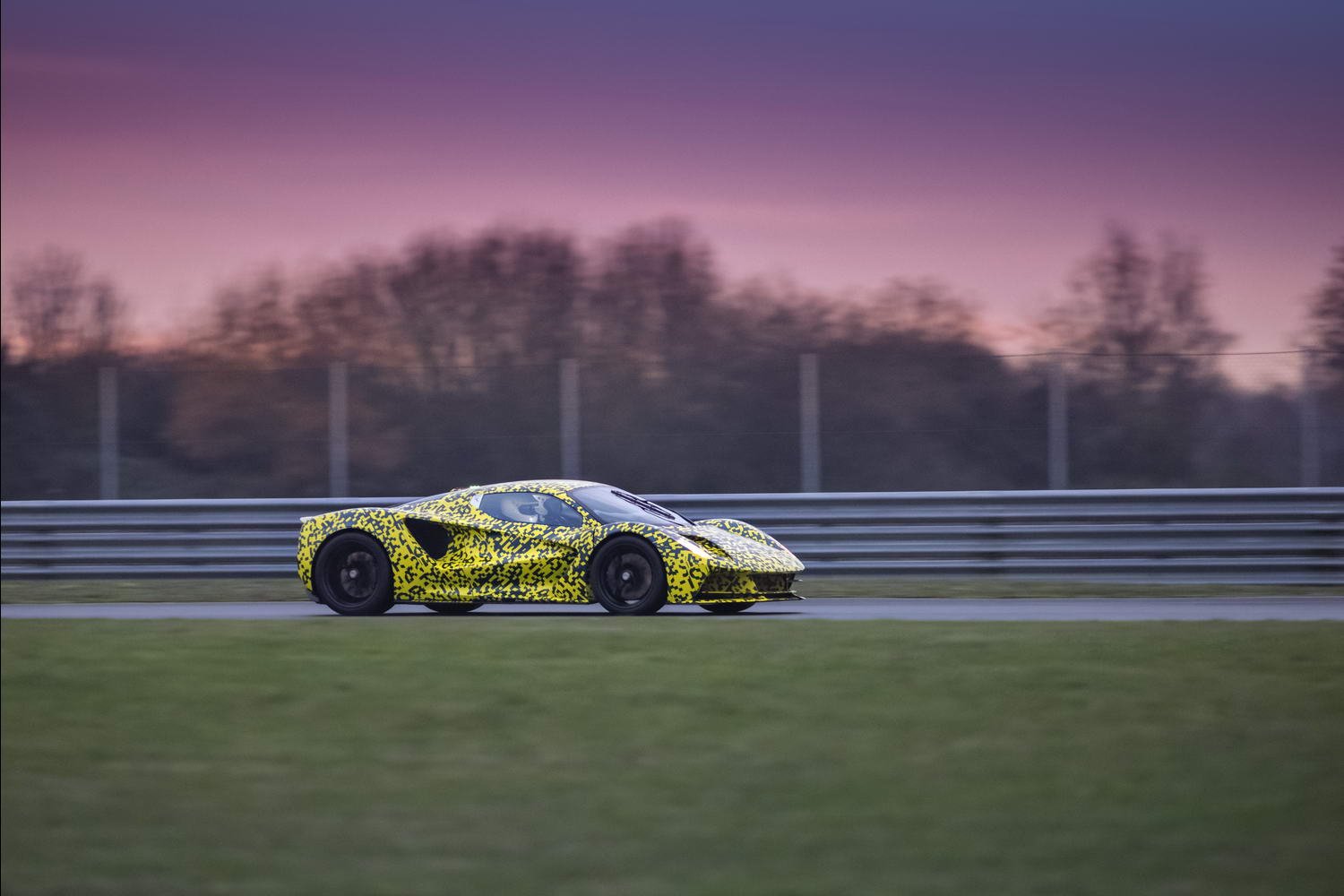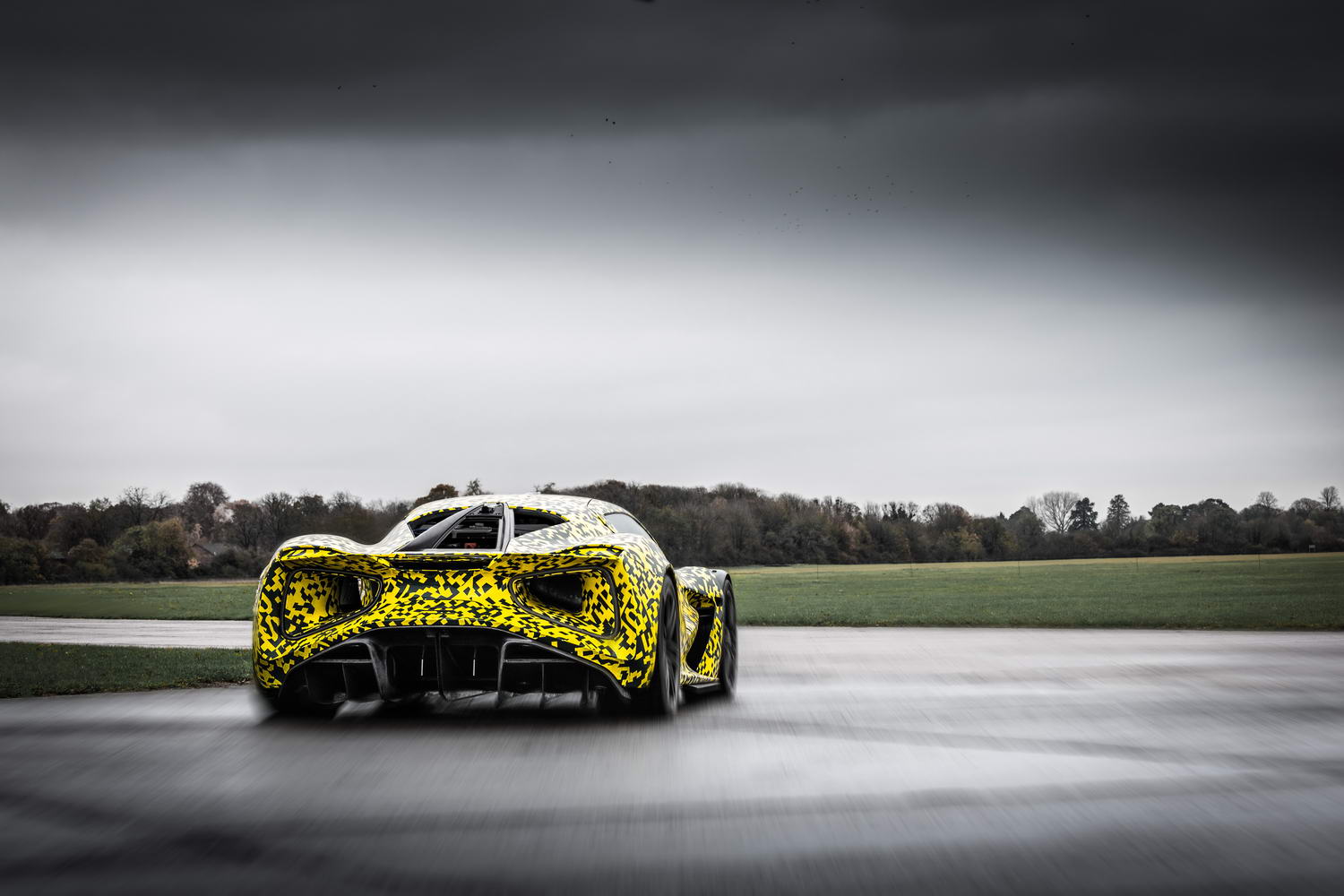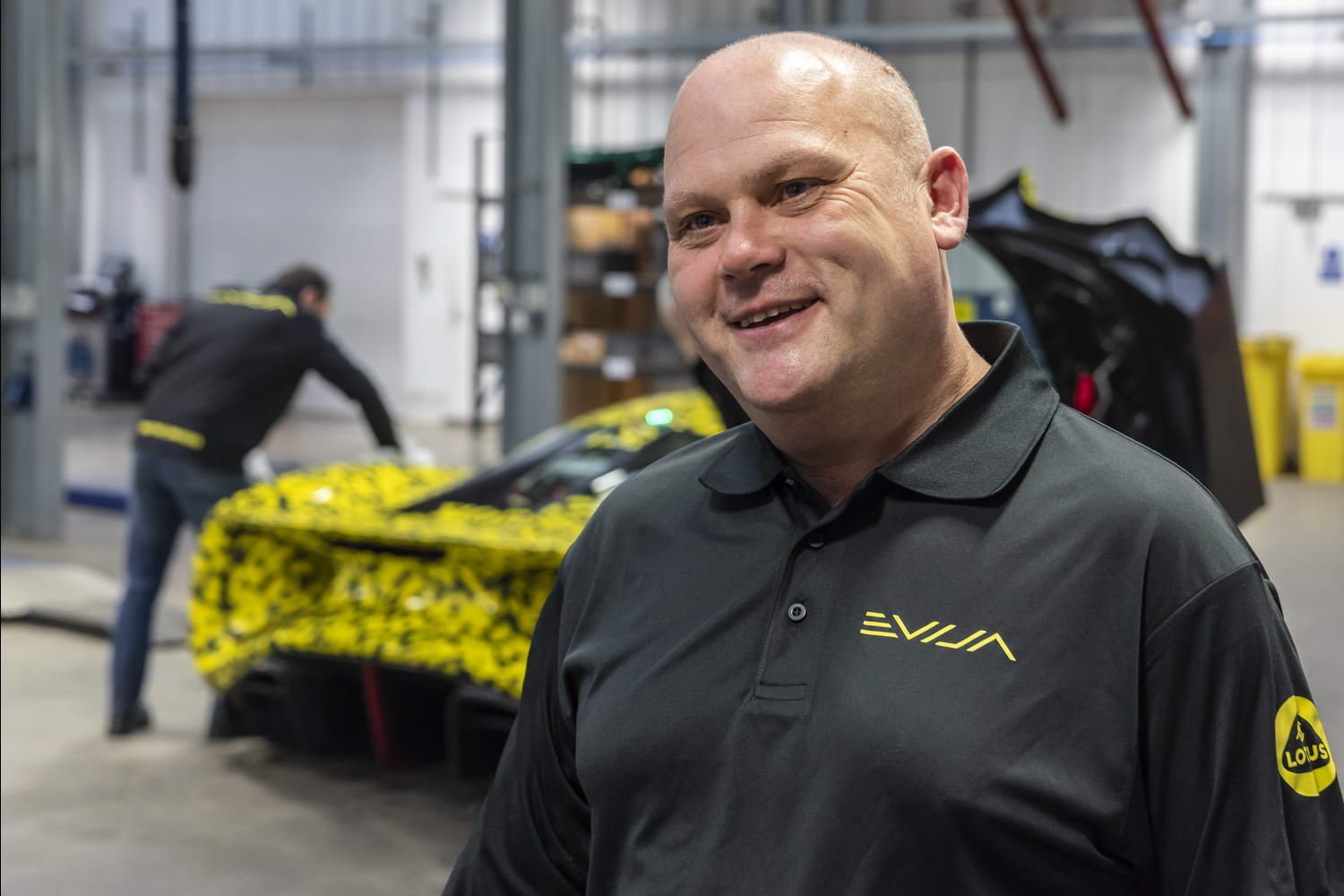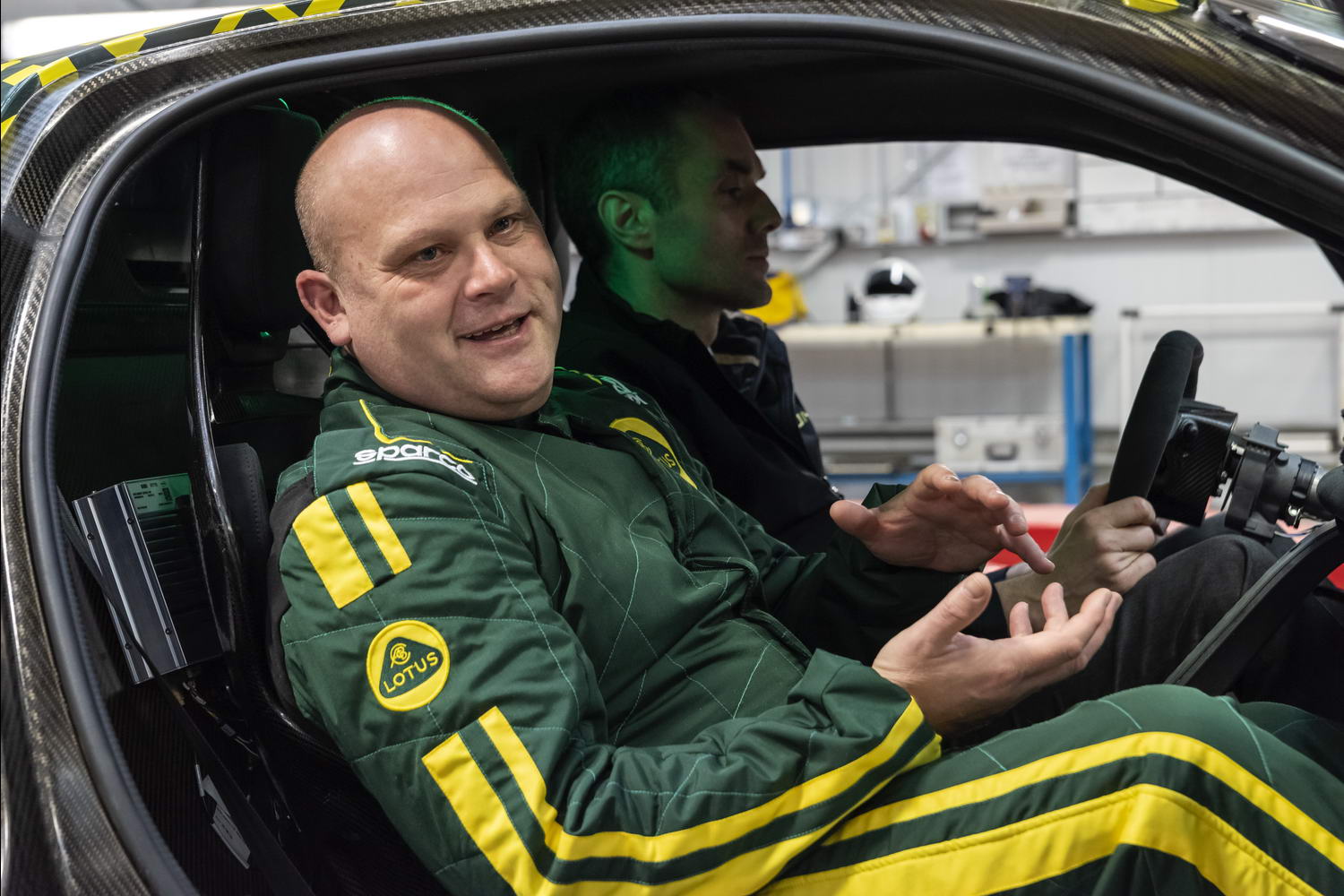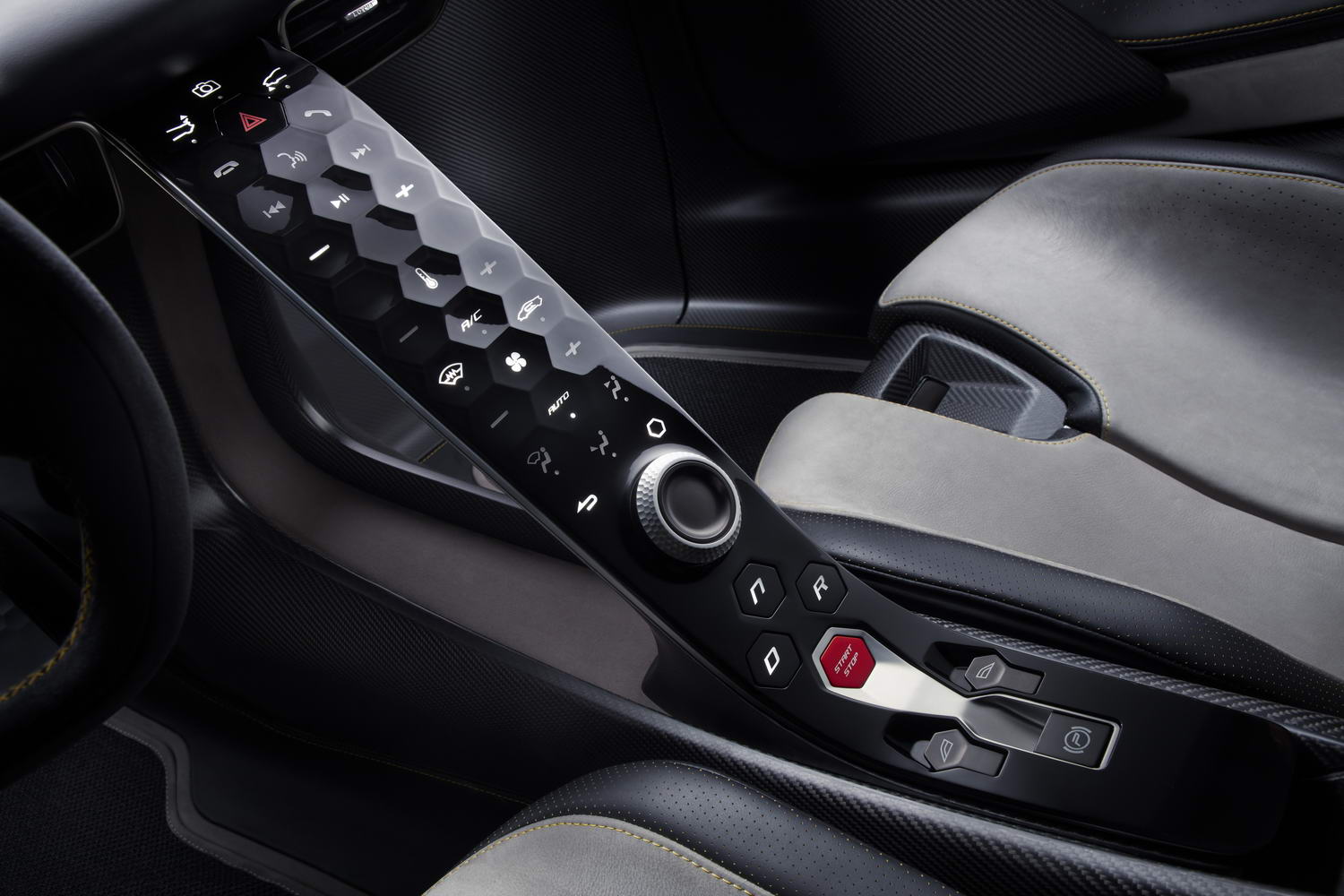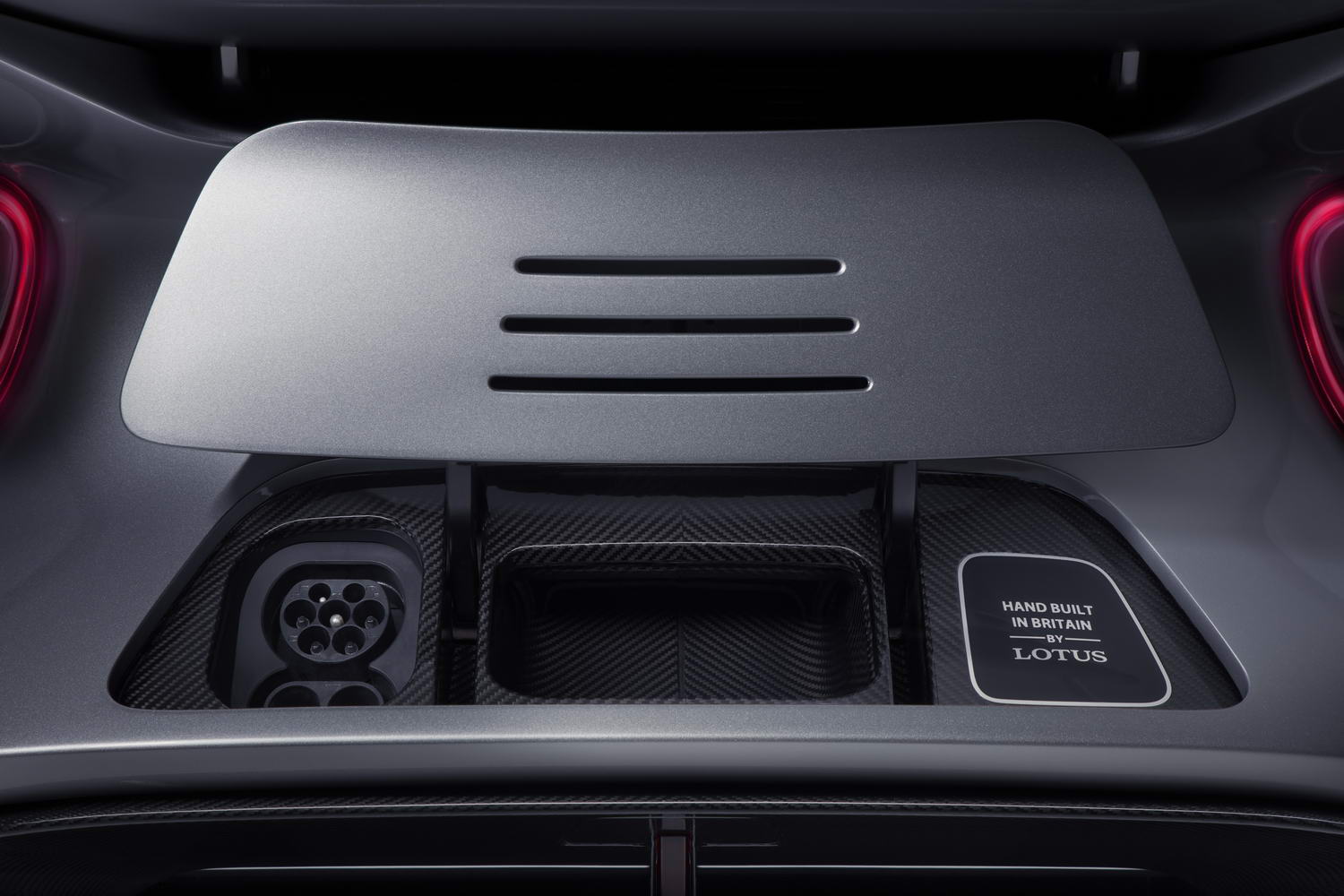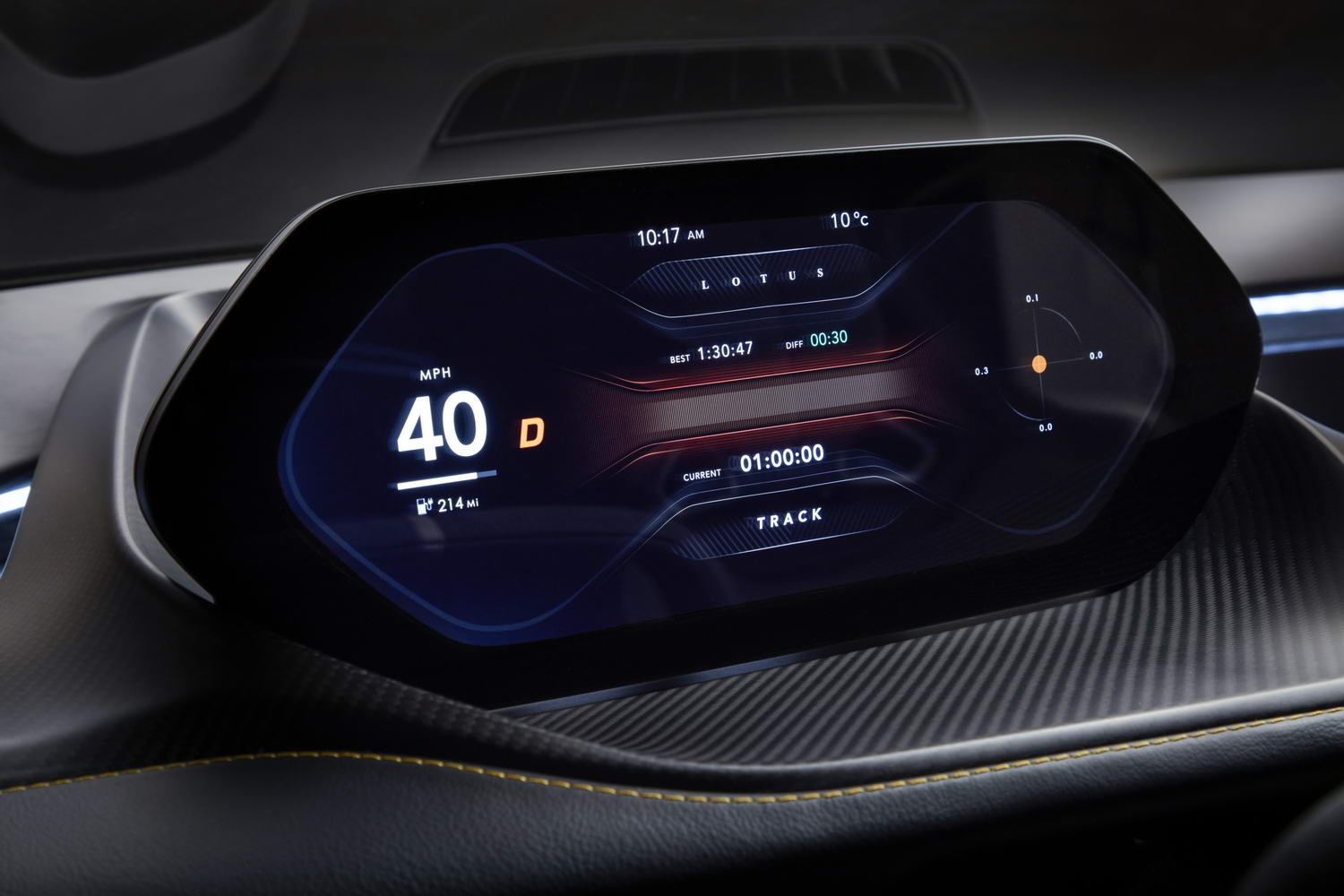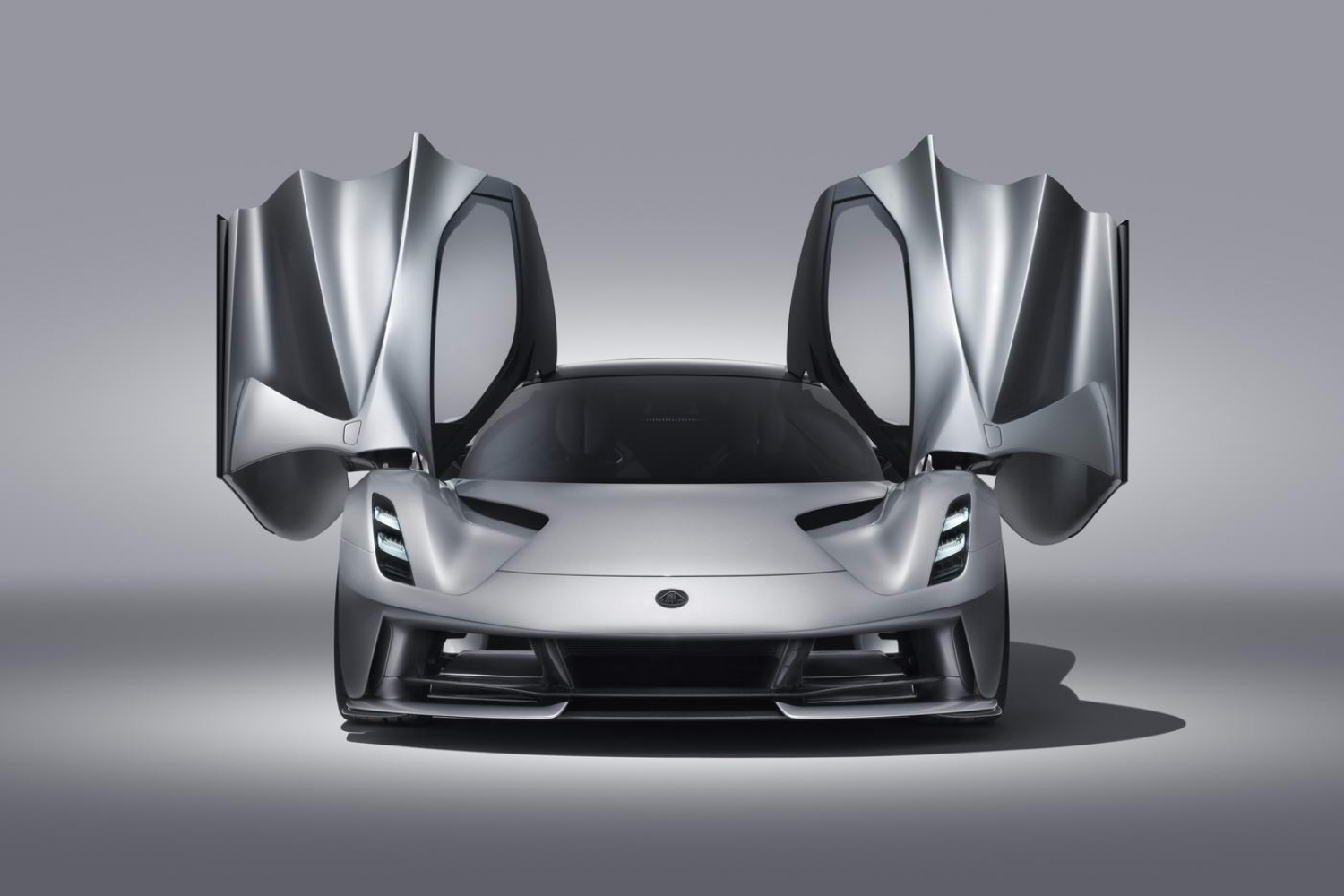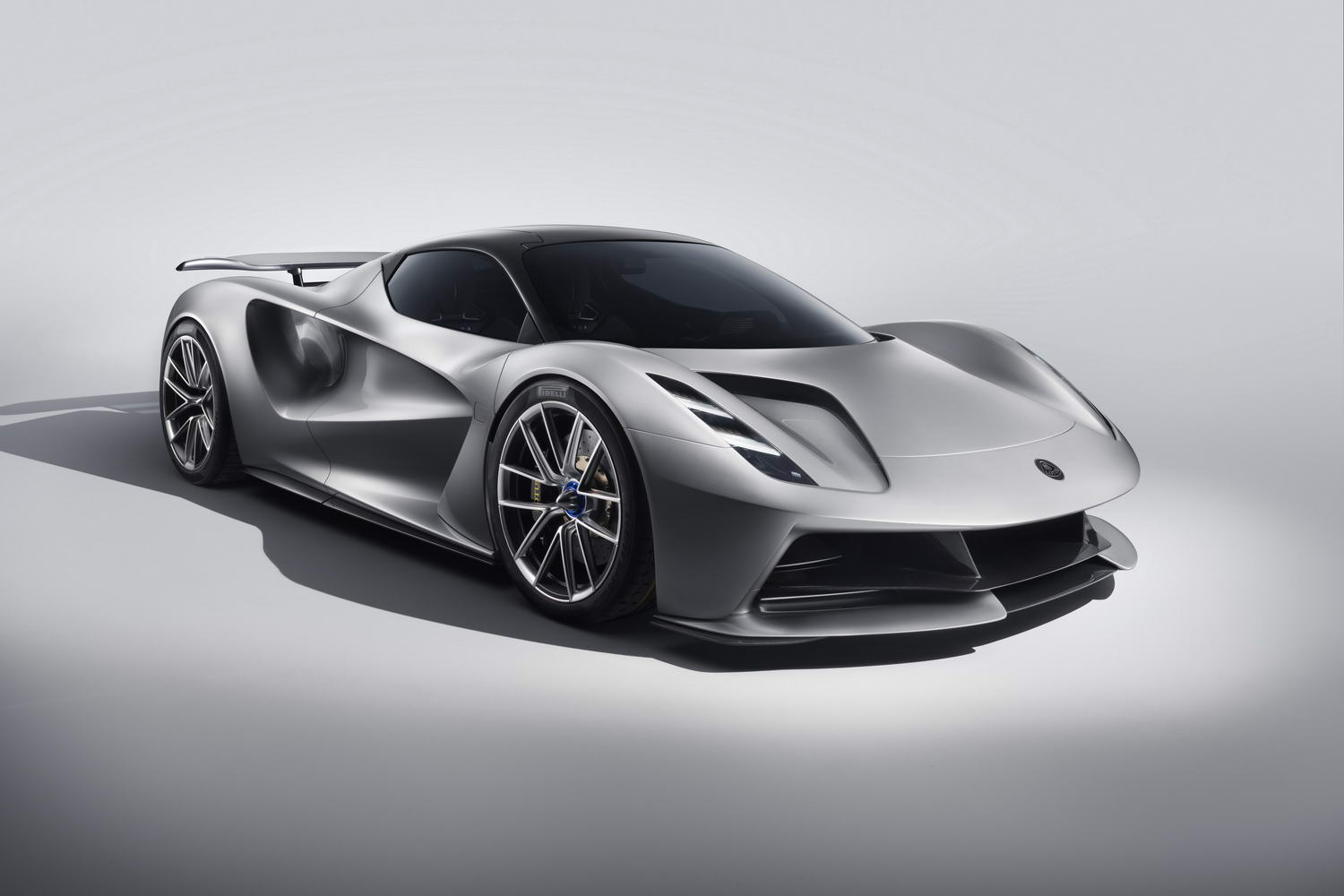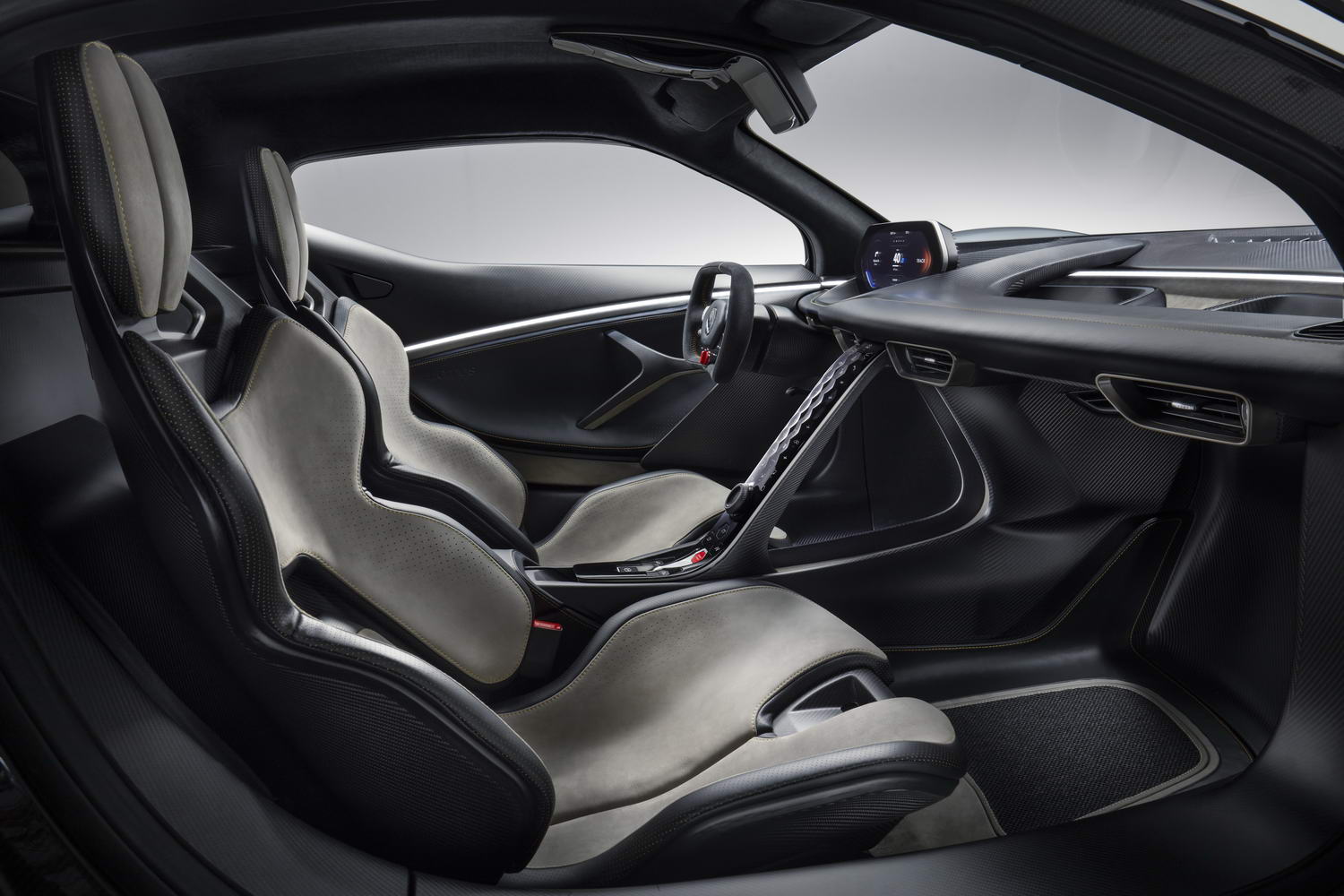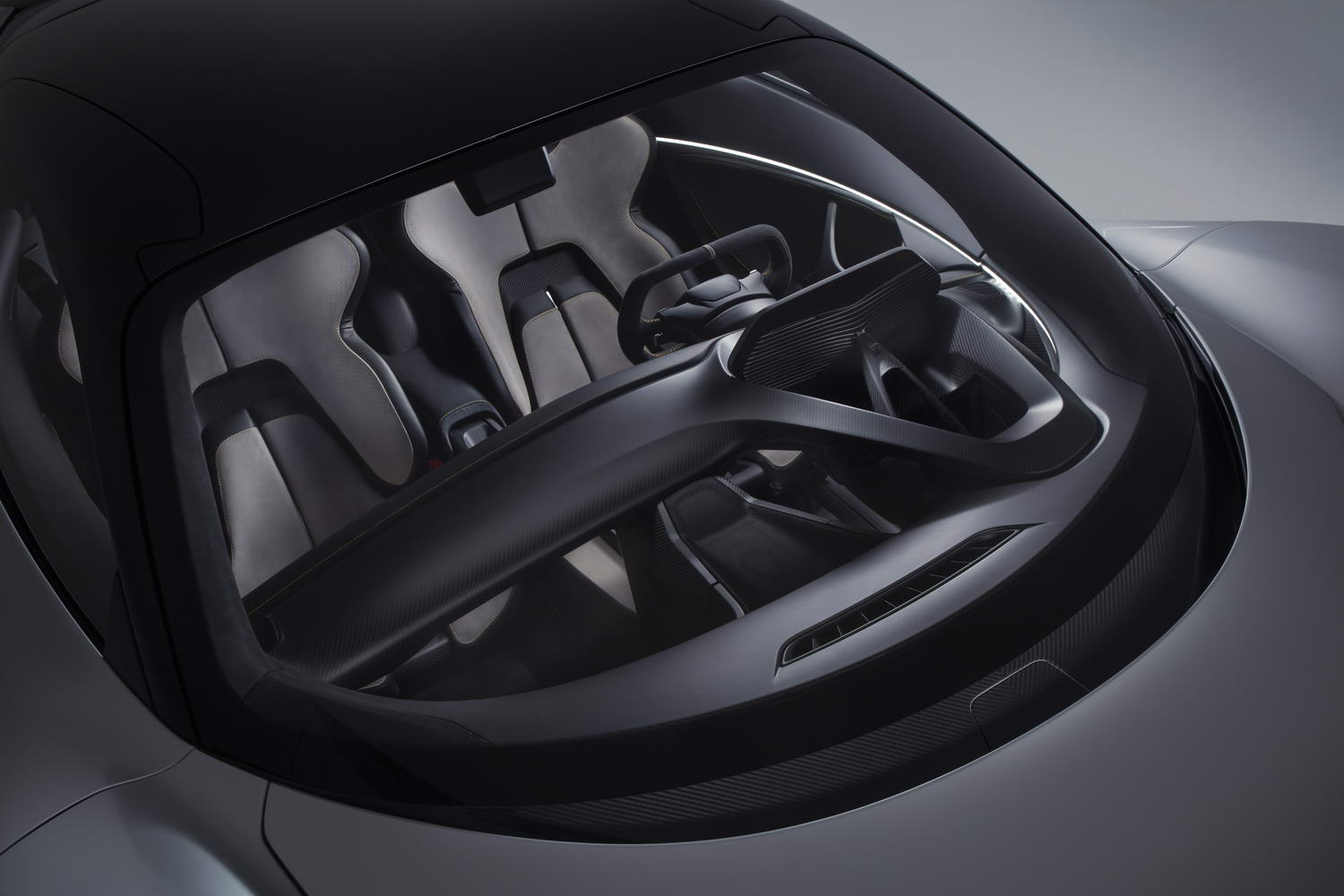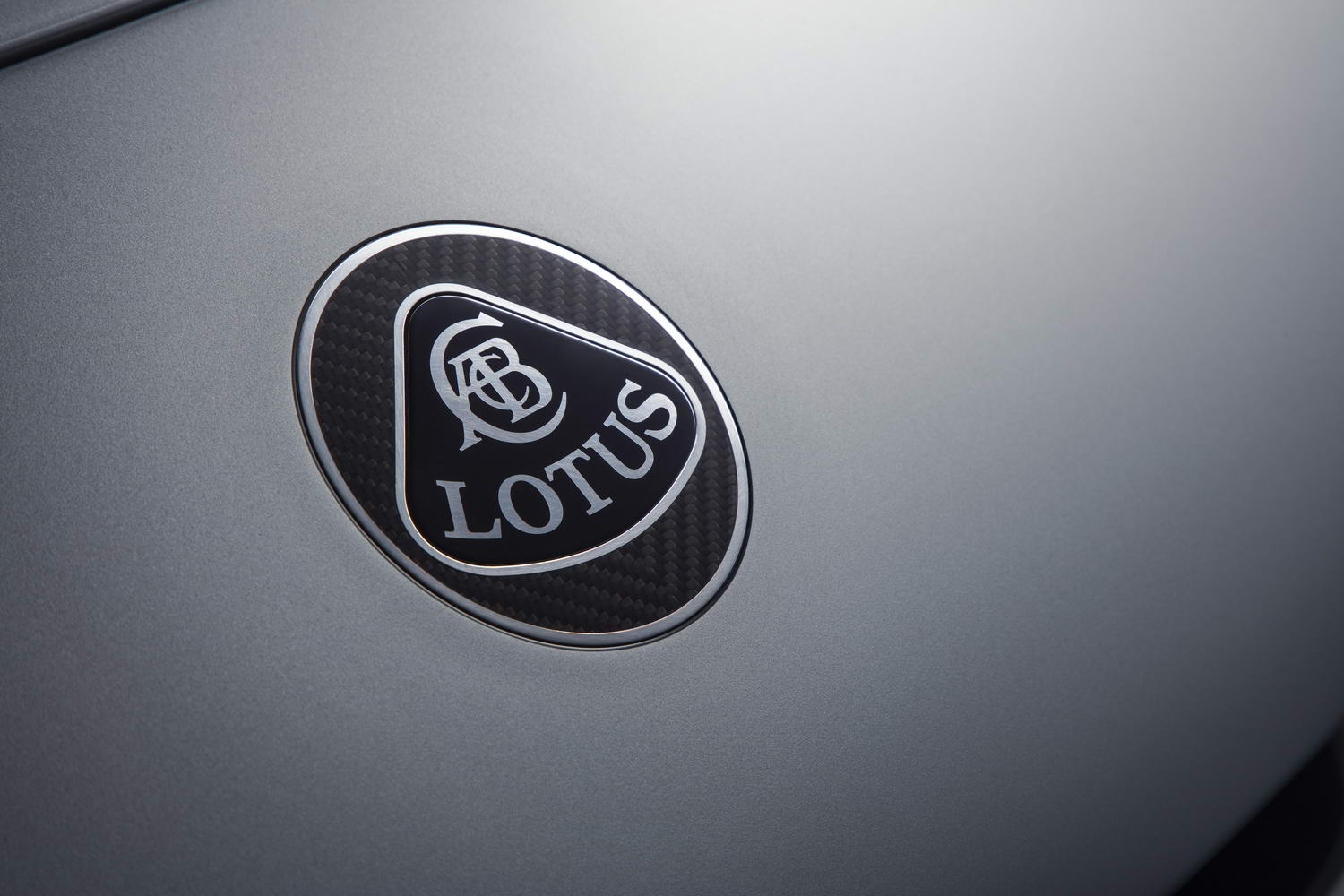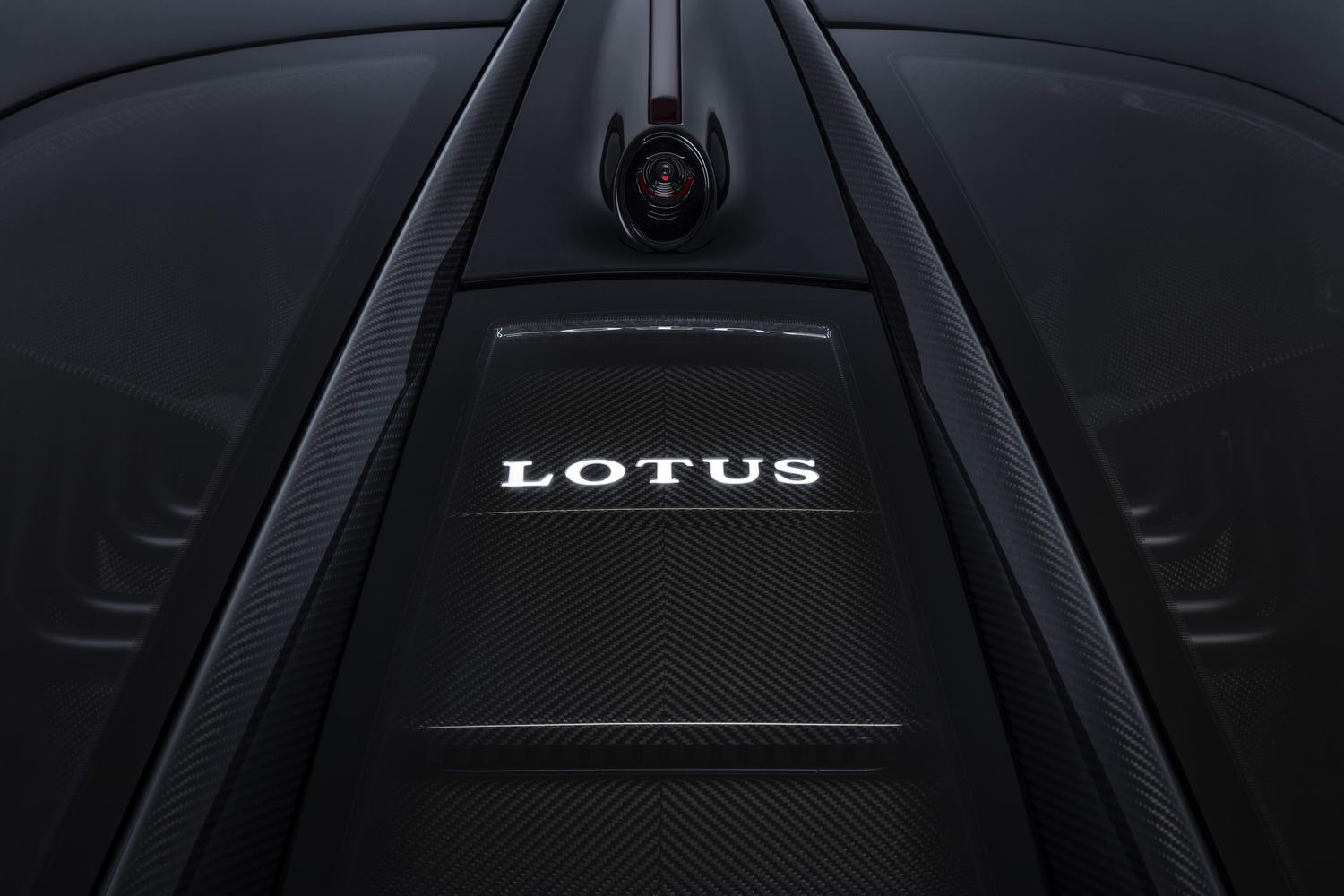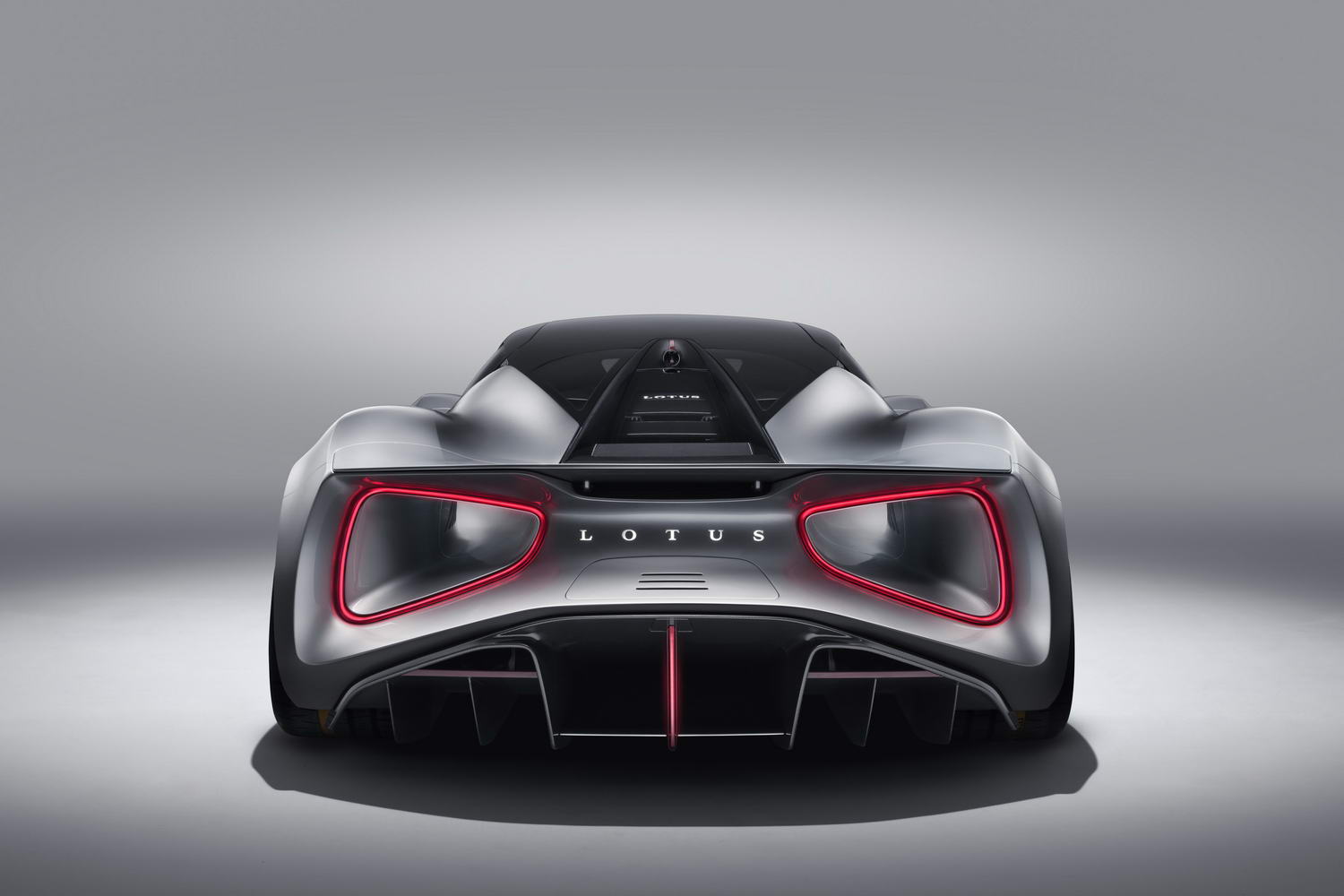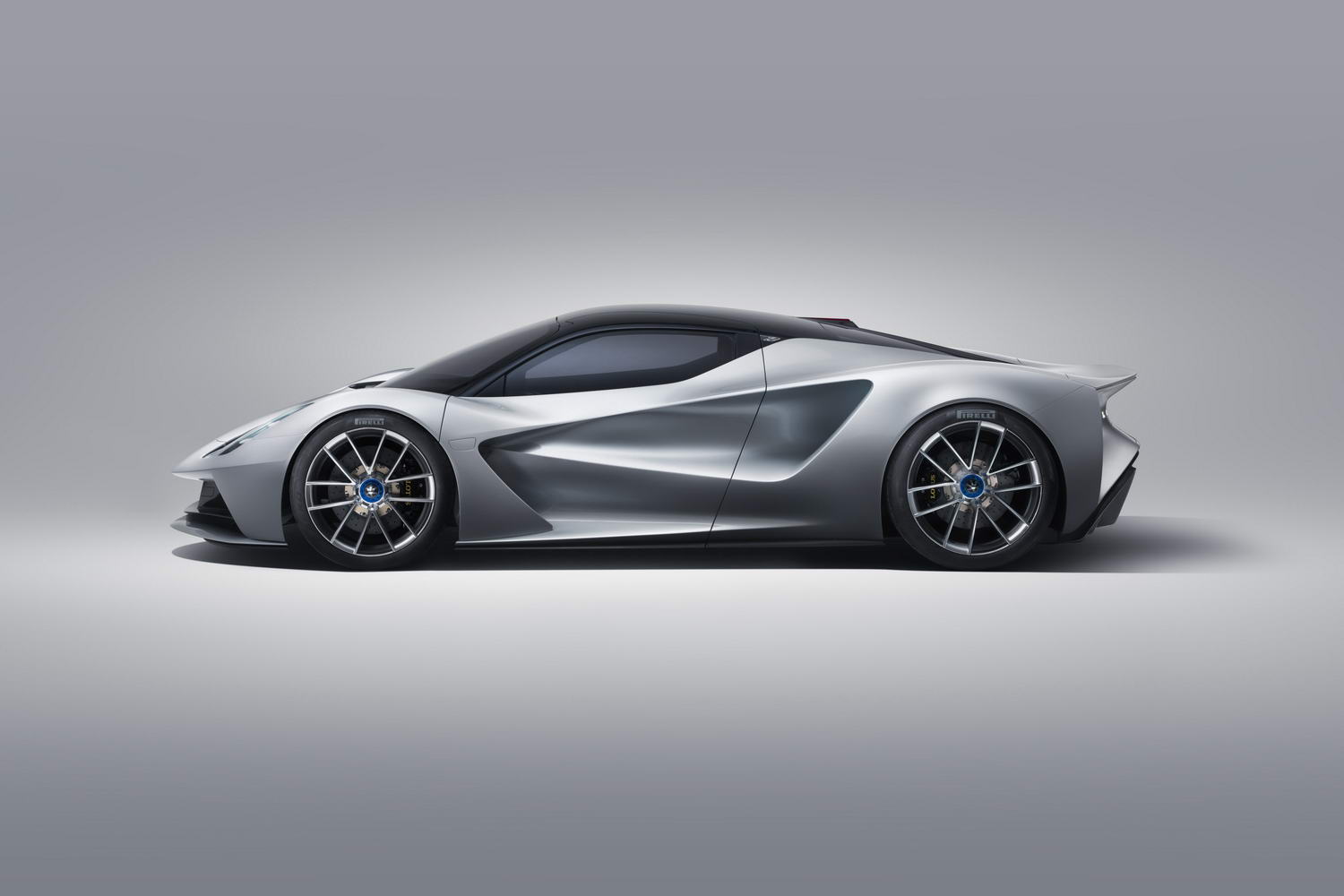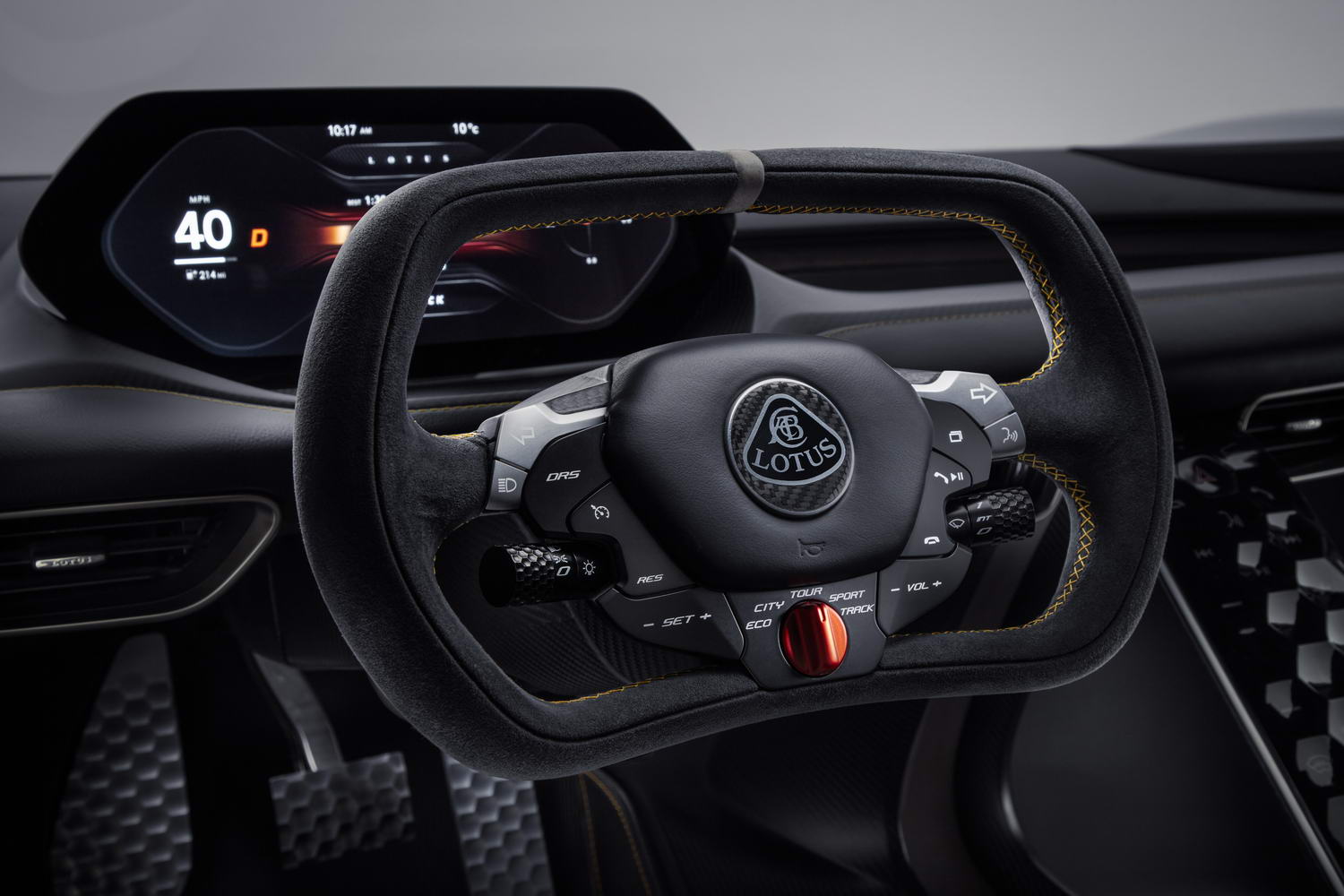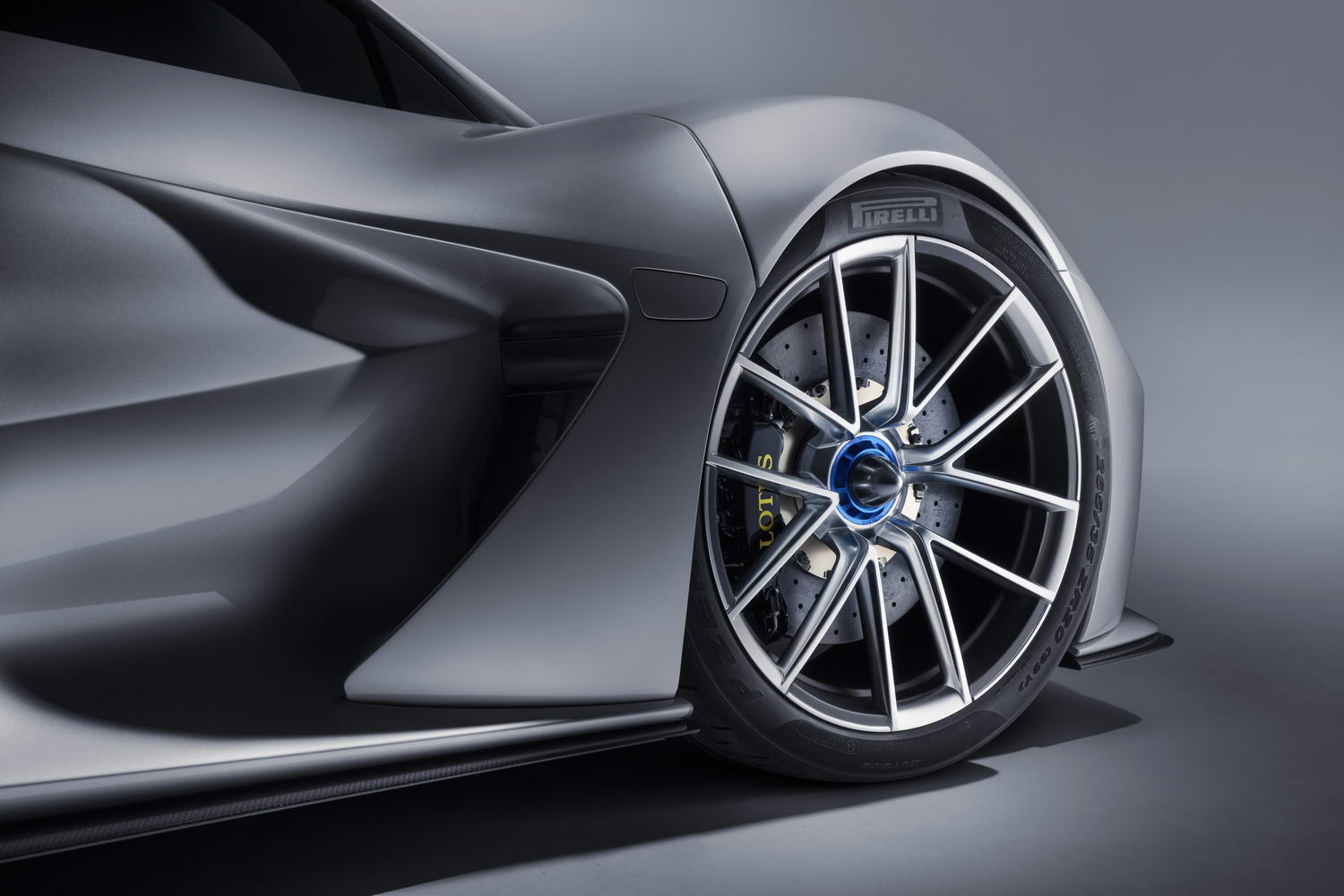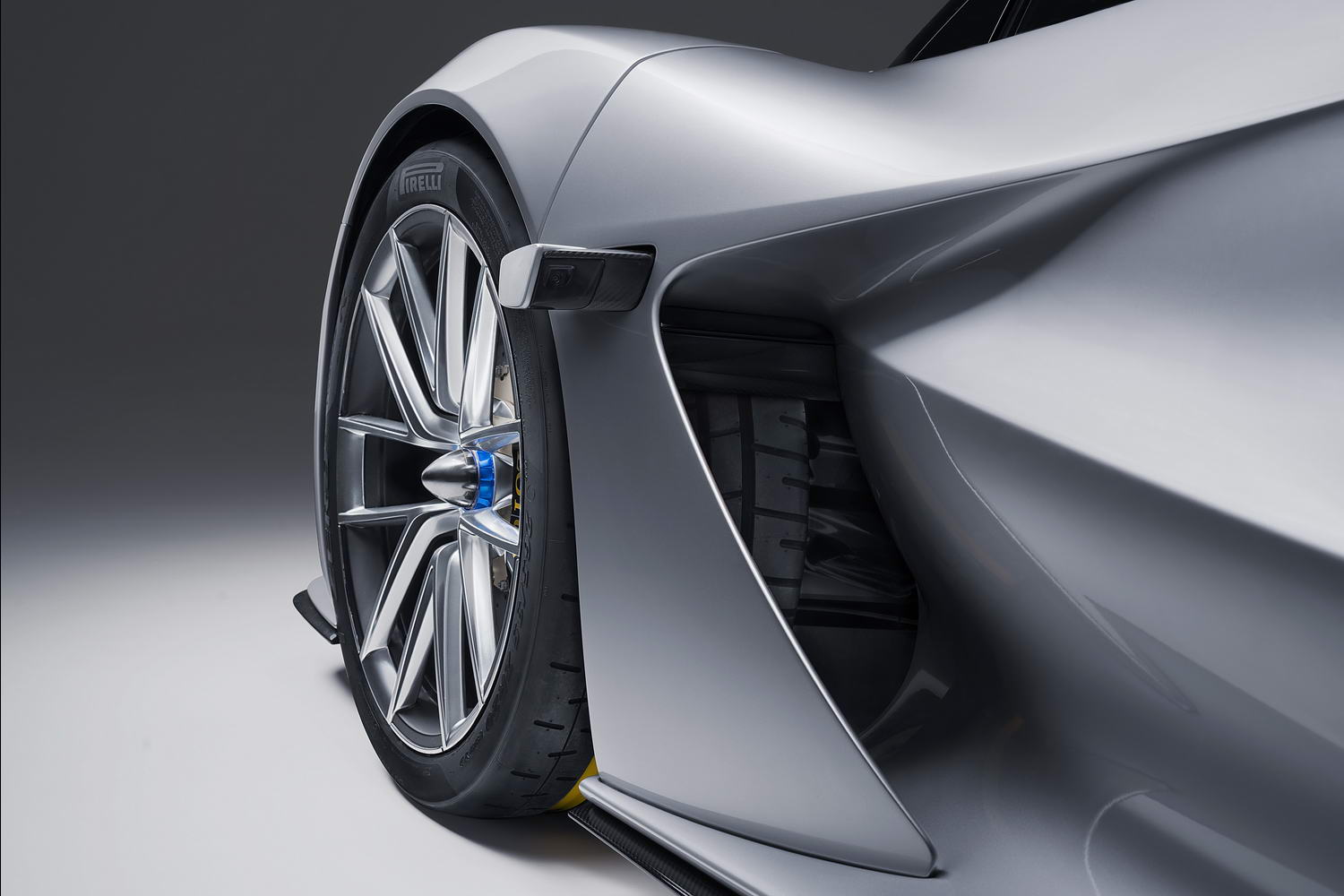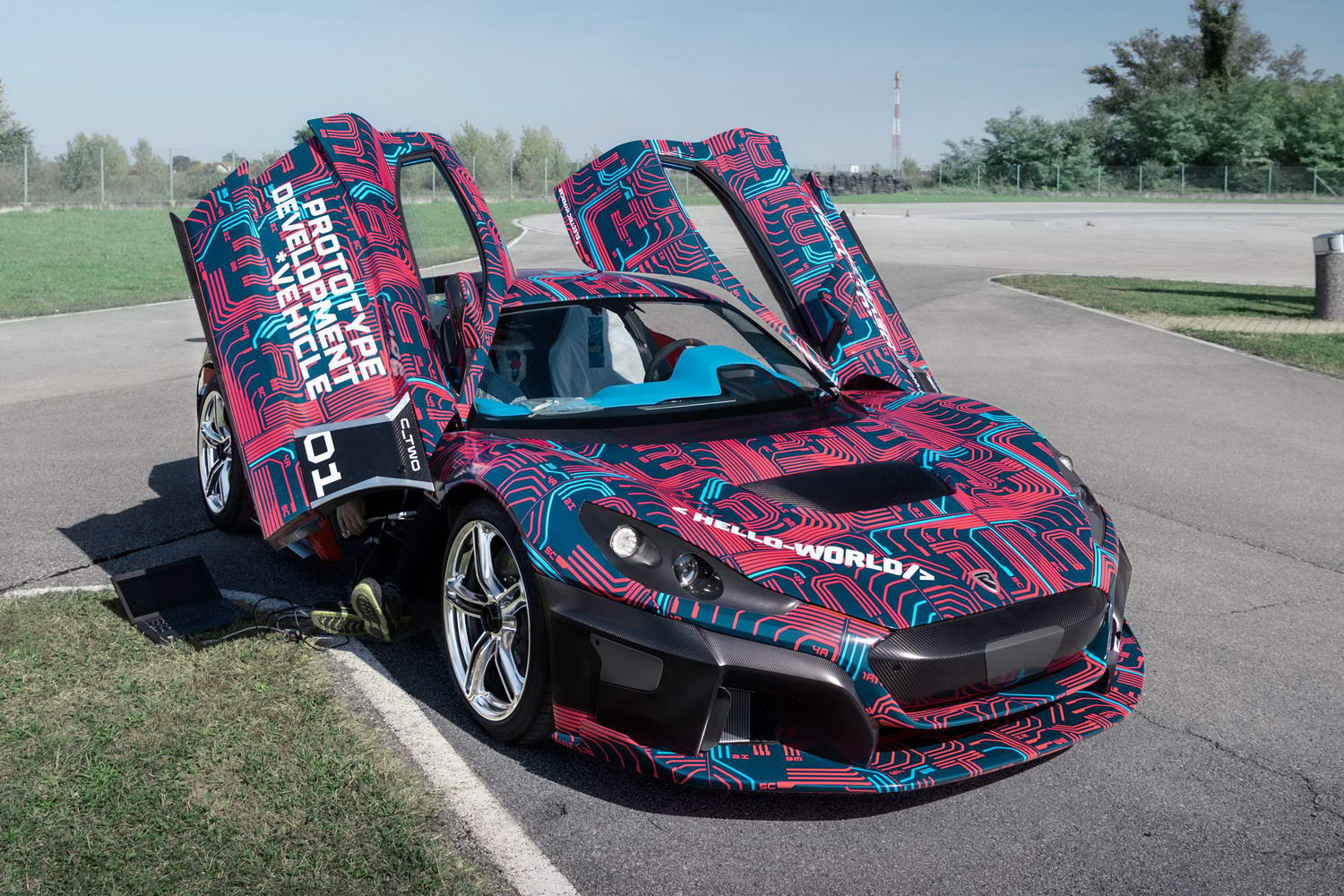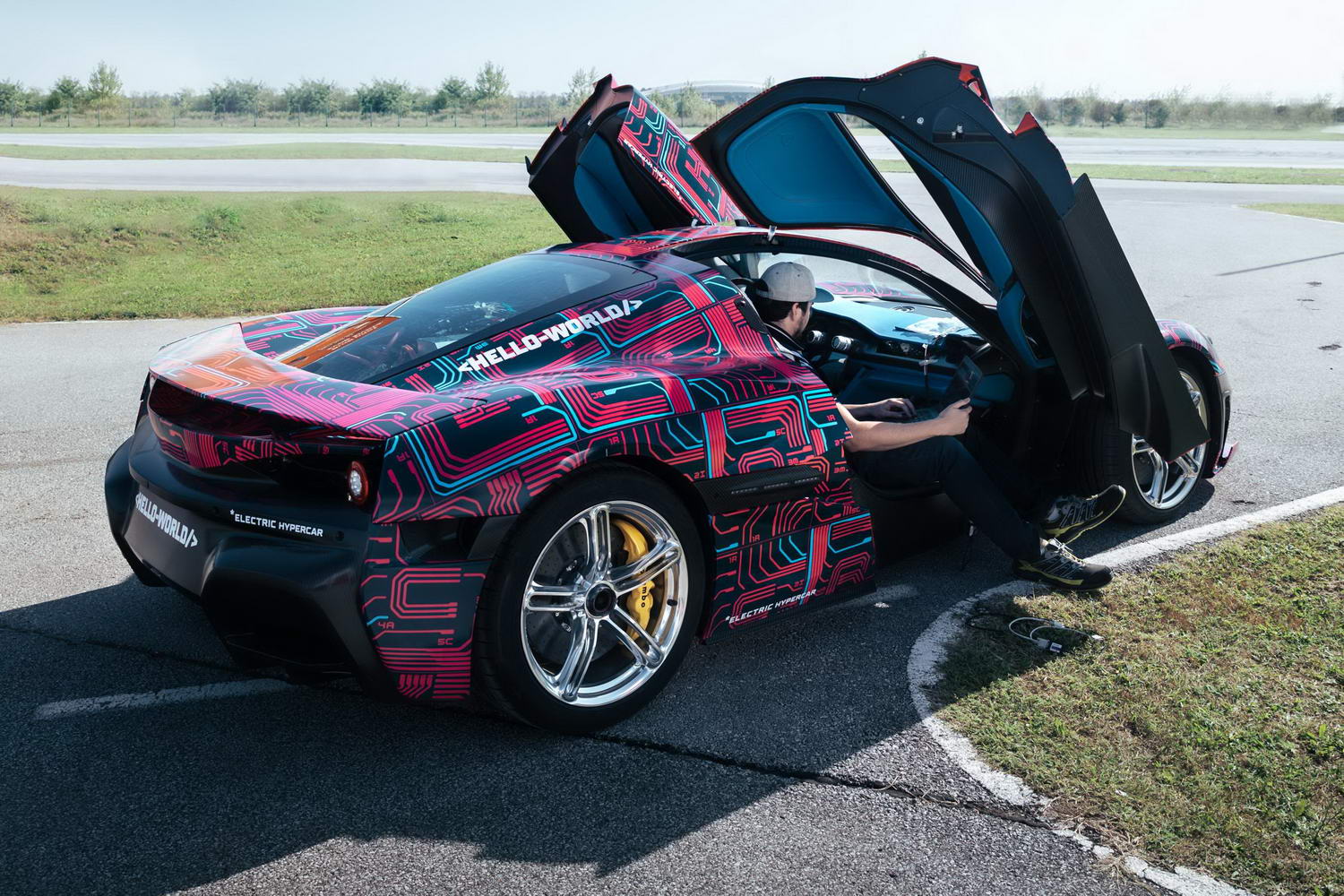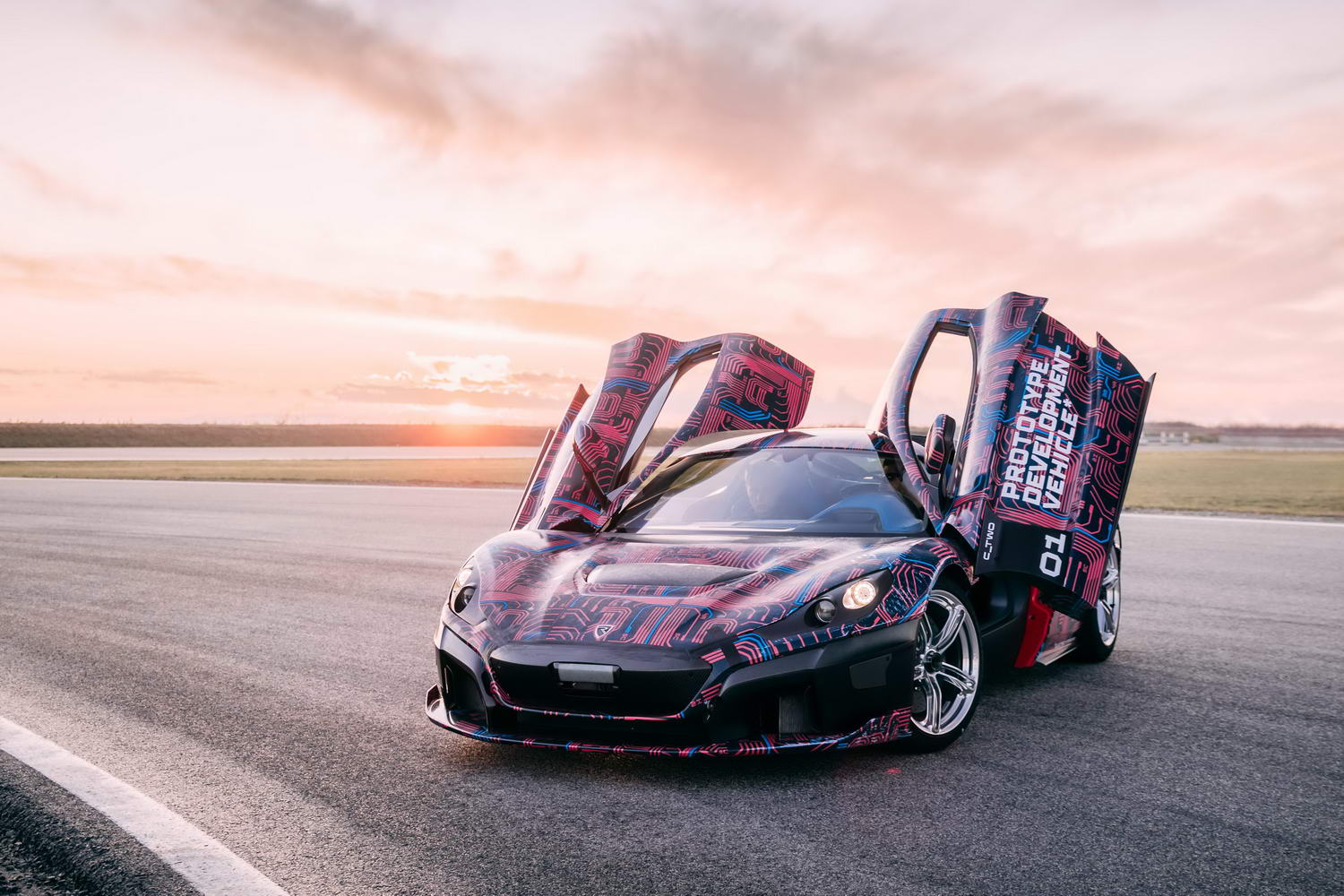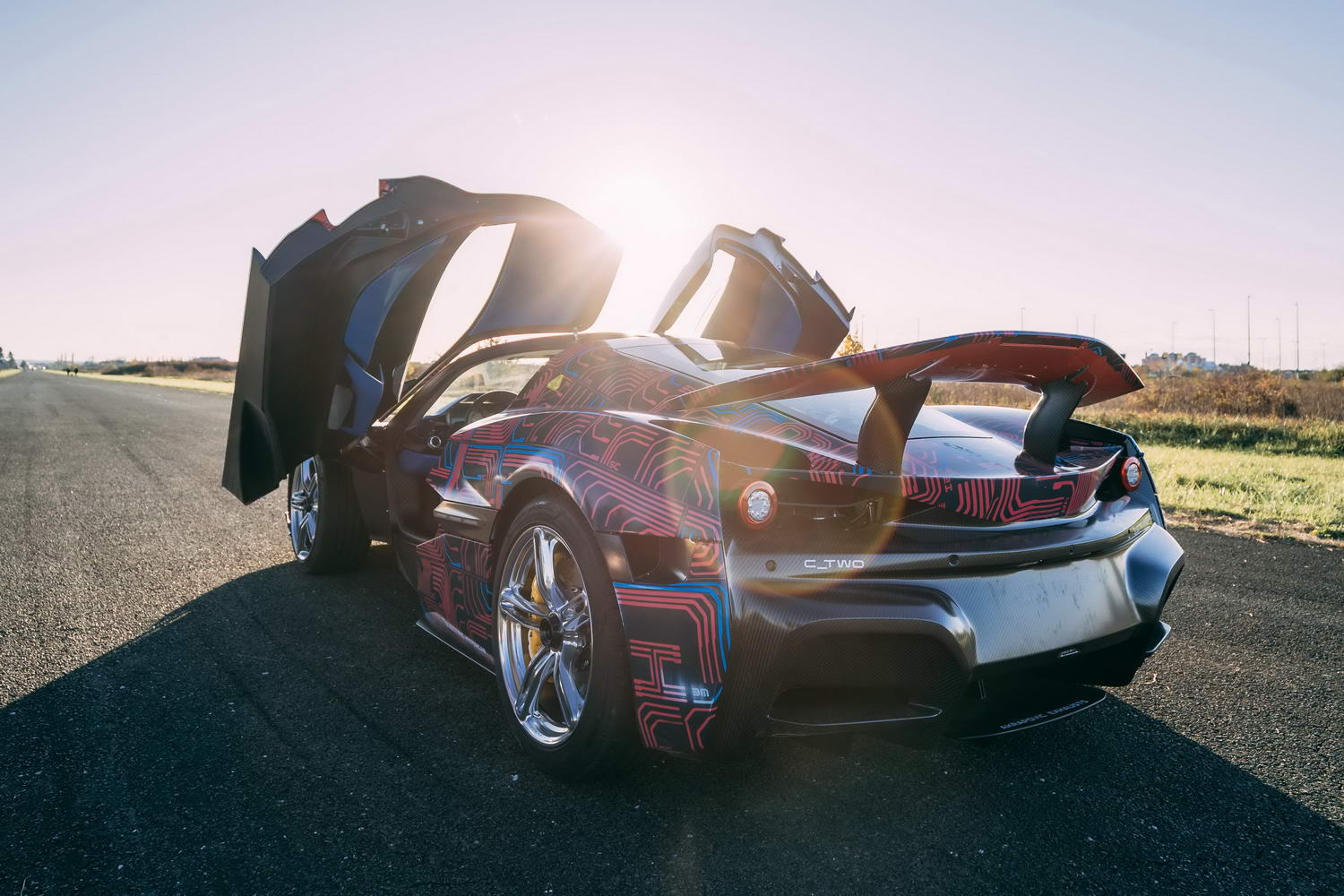We have become, somewhat depressingly, used to electronic nannies in the cab. The development of electronic driver aids has been hugely beneficial from a safety point of view, but for the keen driver they tend to smother the driving experience in a certain amount of cotton wool. Yes, you can switch them off (or at least, some of them, and at least, partially), but one is these days ever nervous to do so, fearful of the blame game that will follow should a mistake occur.
Not Lotus, though. The famed sports car maker, and one-time dominant force in Formula One, has been having something of a comeback year since it was bought out by Geely, the same Chinese car maker that also owns Volvo and the company that makes London Taxis. Lotus has for decades swung between glittering success (six drivers' and seven constructors' F1 world titles between 1958 and 1994, plus IndyCar and sports car successes) and dismal depression (multiple bankruptcies, ownership by such as General Motors, Proton and the guy who originally brought Bugatti back to car making). It has made amazing, brilliant road cars such as the original Elan and Esprit, the Elise and the Exige. It has also made the Europa, the Eclat and the front-drive Elan, which used an Isuzu engine and eventually ended its life as a badge-engineered Kia.
Now, thanks to Geely's largesse, Lotus is back and has plans for an all-new road-car line-up with a replacement for the apparently immortal Elise, a new Elan and even an SUV (one that follows Lotus' classic tenets of lightness and agility, or at least as much as any SUV can do). Oh, and it's also going to make a 2,000hp all-electric hypercar that can sprint to 100km/h in less than three seconds.
It's called the Evija (pronounced Eee-vee-ya, apparently), and Lotus is currently thrashing a prototype version around various test tracks, trying to make sure that it all works, but possibly more importantly trying to make sure that it can be a proper, true, fun, driver's car. How can that be done? Simple - by testing it without any electronic safety nets.
The ground-bound Chuck Yeager test pilot doing all of this is Lotus' director of attributes and product integrity, Gavin Kershaw, said: "The car is in a completely pure state at the moment, with no stability control or torque-vectoring. This is so we can evaluate the fundamentals of the chassis, to create the mechanical advantage before the other layers, such as the electronics, are added. It means we can really read the car. Later we can tune what we've gained as a mechanical advantage as we add layers. It's the Lotus way - get the fundamentals right from the start and use baseline aerodynamics, suspension kinematics and geometry to feel the vehicle's response."
This is something that we have long suspected other car makers of skipping lightly around - of creating a chassis and dynamic setup that's basically OK, but then using the electronic nannies to paper over any cracks in the dynamic performance. The true test of a car's mettle, says Kershaw, is to drive it without the backups first.
"I feel really at home in it, it's really driveable. We assessed the stability and agility through tight corners. We did brisk accelerations to work out the torque split and looked at tyre grip and response" he said. "We assessed steering-wheel angle versus vehicle response at different speeds to ensure the car feels nimble at 30mph as well as 200mph. Through testing like this we can work on every element, like how connected you feel to the car. It's really exciting for me. I love this part of developing any Lotus because it's proving the mechanical design and the physics behind everything is right, and then working with our engineers to enhance the experience and give the car a true Lotus character. It's the step-by-step stuff we do with every Lotus - Evija is no different."
With that kind of performance, you might suspect that it will be really exciting for the Evija's eventual owners too (the 130 people who can afford the £1.7 million price tag, that is, or about €2 million at today's exchange rate). Mind you, they won't be alone. The Evija already has a rival...
Rimac is a Croatia-based maker of electric supercars (hypercars, really) whose work is already so well-considered that it has been, in the background, hired as a consultant by car companies such as Porsche and Hyundai, to help boost their electric car efforts. While Rimac is, in the wider world, best known for making the prototype electric supercar in which The Grand Tour's Richard Hammond crashed and almost burned, in the motoring world, Rimac is known and envied for its ability to make batteries and electric motors work together.
It too is working on a 2,000hp (well, 1,914hp to be exact) electric supercar. As with the Lotus, the Rimac C_Two will use four electric motors, one for each wheel, and it will draw power from a 120kWh battery pack (the Lotus uses a mere 70kWh unit, in the interest of saving weight). Rimac claims a 0-100km/h time of roughly two seconds, and a top speed of - wait for it - 412km/h.
"We are working hard to shape this car exactly how we imagined it: a new breed of hypercar that unlocks the extreme performance of the electric drivetrain and new driving experience for the driver," said Mate Rimac, the company's founder and chief executive. "At the same time, it will be a technical masterpiece from an engineering point of view," he added. "The C_Two will have a new driver feel, highly-communicative handling and first-class dynamics that will define our new car - we want this car to be intuitive and usable, yet sharp and capable. This process of testing and refinement is crucial to ensure we deliver on our promises - driving the C_Two will be something quite different."
So, in this race to produce the first true electric hypercar, who you got? The Adriatic upstart? Or the Norfolk-based legend? Can a car powered by electrons ever be truly as thrilling and as involving as those with the mechanical gnashings of a V12, gargling petrol? Can Lotus and/or Rimac be in the pound seats of the high-performance electric future, ahead of the likes of Ferrari? Porsche? Lamborghini?
From what we can see of these prototypes, it's going to be electrifying (sorry, not sorry) finding out.

